[BOUTET, Claude, attributed to]. ~ The Art of Painting in Miniature: teaching the speedy and perfect Acquisition of that Art without a Master. Done from the original French. London: for G. Smith, and sold by John Brotherton; Thomas Bowles; and John Marebeck, 1729.
8vo (170 × 100 mm), pp. [10], 100, [6] (including adverts to final page). Woodcut vignette to title, ornamental head- and tailpieces, one small illustration (a ‘Mathematical Compass’ or a variety of pantograph). Extensive later pencil markings and annotations. An excellent copy preserved in recent panelled calf to style by Philip Dusel, preserving original endpaper with eighteenth-century engraved bookplate of Edward Francklin of Rainham (Norfolk).
First edition in English of one of the most influential technical painting manuals of the seventeenth and eighteenth centuries: Traité de mignature (also École de la mignature), 1673. First printed by Christophe Ballard in 1673, the publisher’s initials perhaps giving rise to unproven attribution to one ‘Claude Boutet’, it appeared in over 30 editions in a variety of European languages over the next 200 years, often with additions and alterations by anonymous authors.
The English edition is dedicated to John Montagu, second duke of Montagu (1690–1749) by its anonymous translator. After an exposition of the available colours and materials, the chapters consider in turn: Draperies; Of Carnations [flesh], or the Naked Parts of Painting; Landskips and Flowers; followed by a short treatise on the advantages of miniature painting over other techniques. The section devoted to flowers is extensive, with detailed instructions on the painting of roses, tulips, anemones (’wind-flower’), carnations, lilies, hyacinths, peonies, crocuses, irises, jasmine, tuberoses, hellebores, daffodils, passion-flowers, pinks, pomegranate, indian bean flower and crown imperial, among others. ESTC: BL, Cambridge, Glasgow, Huntington and Clark Library only. OCLC adds Yale and National Art Library (Victoria and Albert Museum).

![The Art of Painting in Miniature: teaching the speedy and perfect Acquisition of that Art without a Master. Done from the original French. by [BOUTET, Claude, attributed to].](https://images.vialibri.net/production/26/5451---height_450.jpg?v=1577788640)
![Another image of The Art of Painting in Miniature: teaching the speedy and perfect Acquisition of that Art without a Master. Done from the original French. by [BOUTET, Claude, attributed to].](https://images.vialibri.net/production/26/5451---height_100.jpg?v=1577788640)
![Another image of The Art of Painting in Miniature: teaching the speedy and perfect Acquisition of that Art without a Master. Done from the original French. by [BOUTET, Claude, attributed to].](https://images.vialibri.net/production/26/5451a---height_100.jpg?v=1577788634)
![Another image of The Art of Painting in Miniature: teaching the speedy and perfect Acquisition of that Art without a Master. Done from the original French. by [BOUTET, Claude, attributed to].](https://images.vialibri.net/production/26/5451c---height_100.jpg?v=1577788869)